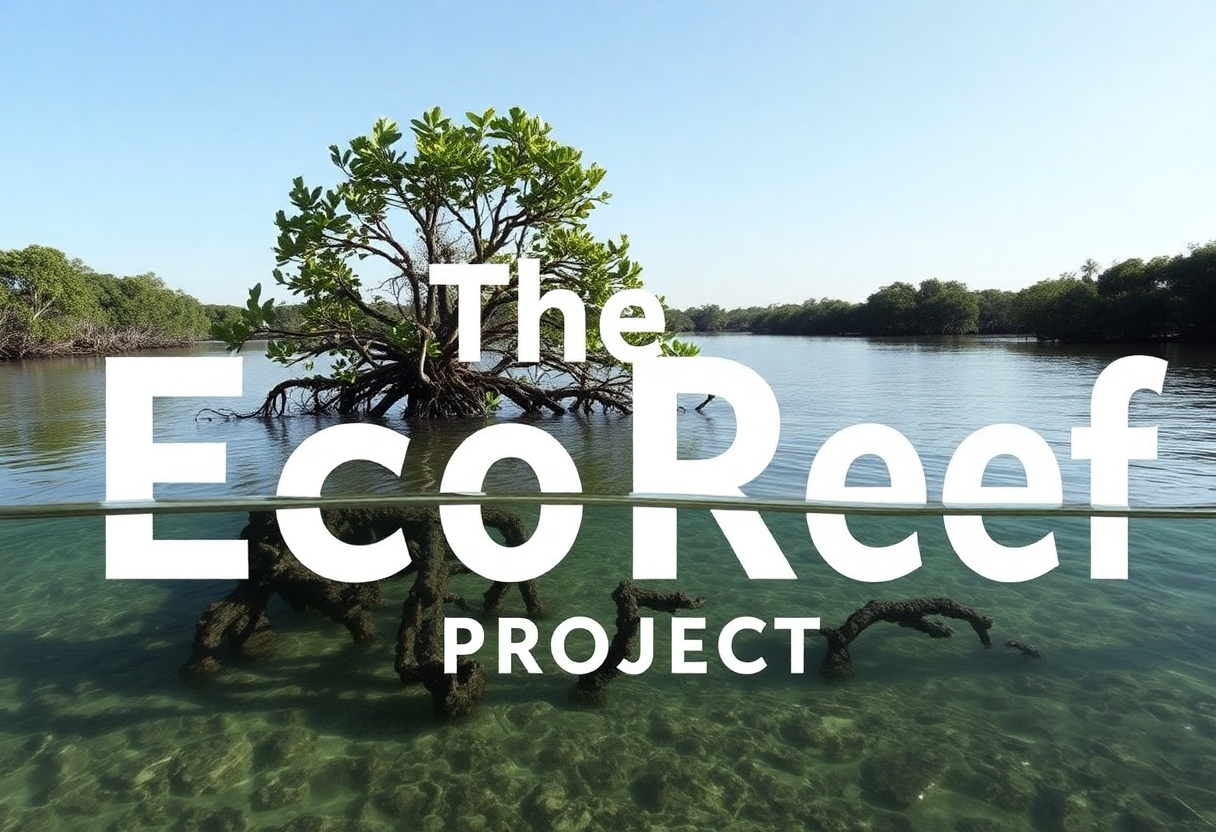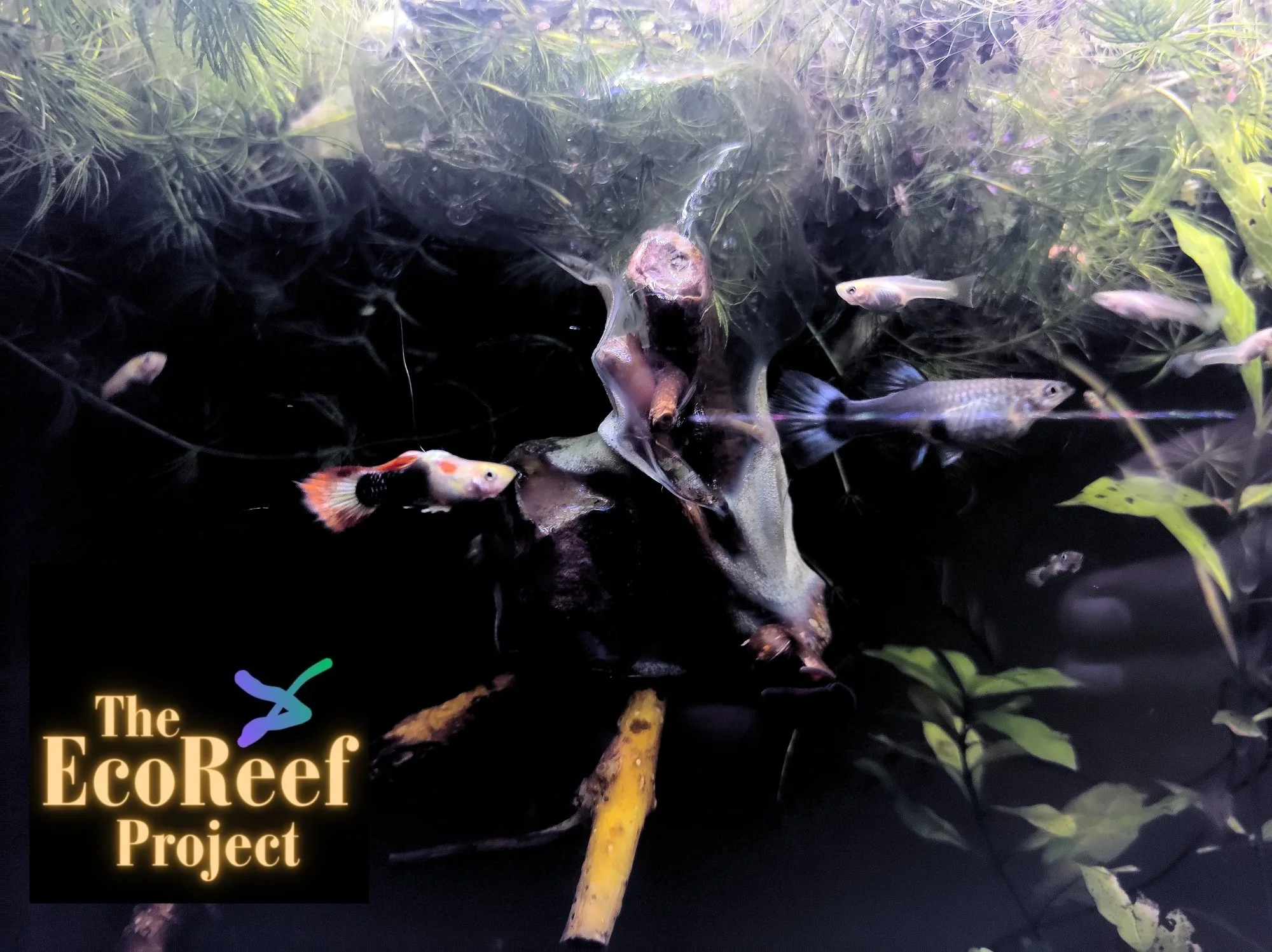Harness Nature’s Helpers In Bushfire Prevention

Goats and Bugs In Bushfire Prevention
Introduction
Australia’s bushfire seasons have become increasingly devastating, threatening lives, property, and ecosystems. While traditional methods of hazard reduction involve controlled burns and mechanical clearing, there’s an emerging trend that taps into nature’s own workforce: animals. In this blog post, we explore how goats and bugs are playing a crucial role in minimizing undergrowth and preventing catastrophic bushfires.
The Role Of Goats In Fuel Load Reduction
- Goats: Nature’s Voracious Eaters
Goats have a well-deserved reputation for their insatiable appetites. They’ll nibble on almost anything, from shrubs and grasses to invasive weeds. This indiscriminate approach makes them ideal candidates for reducing fuel loads in fire-prone areas. - Grazing as a Solution
The Rural Fire Service (RFS) in New South Wales (NSW) has initiated a trial using herds of goats to graze on parcels of Crown land. Around 40 goats are munching their way through the Mudgee district, targeting undergrowth and invasive grasses. Their presence not only reduces fuel loads but also transforms the landscape into an actively green area. - Benefits of Goat Grazing
Weed Control: Goats devour introduced grasses and weeds, promoting the growth of native plants.
Natural Firebreaks: Their grazing creates a buffer zone that can slow down or halt the spread of fires.
Steep Terrain Access: Goats can navigate rough and steep terrain where other livestock might struggle. - Pros and Cons of Goat Grazing
Pros:
Eco-Friendly: Goat grazing is a sustainable and natural method.
Cost-Effective: It requires minimal infrastructure and machinery.
Community Engagement: Goat grazing programs involve local communities.
Cons:
Selective Grazing: Goats may prefer certain plants over others.
Escape Artists: Goats can be escape artists, requiring proper fencing.
Limited Area Coverage: Large-scale implementation requires substantial goat herds.
Bugs Are The Tiny Heroes In The Undergrowth
- The Unseen Workforce
While goats are visible grazers, bugs operate on a smaller scale. These tiny creatures—such as ants, beetles, and termites—play a vital role in maintaining ecosystem balance. - Soil Aeration and Decomposition
Ants: Ants aerate the soil, improving its structure and nutrient availability.
Beetles: Beetles break down dead plant material, recycling nutrients.
Termites: Termites decompose wood, preventing excessive buildup of dry, flammable material. - Promoting Native Vegetation
Bugs help disperse seeds, aiding in the growth of native plants.
Their activities create microhabitats that support diverse flora and fauna.
Long-Term Effects
- Ecosystem Resilience
Goats: Over time, consistent goat grazing reduces the accumulation of flammable vegetation. This resilience helps prevent catastrophic fires by maintaining open spaces and reducing fuel loads.
Bugs: The continuous presence of bugs contributes to healthy soil and plant ecosystems. Improved soil structure and nutrient cycling enhance overall ecosystem resilience. - Biodiversity Enhancement
Goats: By selectively targeting invasive plants, goats indirectly promote native vegetation. Over the long term, this encourages a more diverse plant community, benefiting local wildlife.
Bugs: Bugs play a critical role in pollination, seed dispersal, and decomposition. Their activities support a wide range of plant species, contributing to biodiversity. - Habitats for Beneficial Insects
Goats: As goats clear undergrowth, they create open spaces that attract beneficial insects like bees and butterflies. These insects, in turn, aid in pollination and ecosystem health.
Bugs: Bugs create microhabitats within the soil and vegetation, providing shelter for other insects and small animals. These niches contribute to overall ecosystem stability.
Short-Term Effects
- Immediate Fuel Load Reduction
Goats: In the short term, goat grazing significantly reduces the amount of dry grasses and shrubs available as fuel for fires. This immediate impact can help prevent rapid fire spread.
Bugs: Bugs continuously break down dead plant material, reducing the buildup of flammable debris. Their short-term effect is subtle but essential. - Landscape Transformation
Goats: Within weeks of goat grazing, the landscape changes visibly. Overgrown areas become more open, and the risk of intense fires decreases.
Bugs: While less noticeable, bugs contribute to soil health and nutrient cycling, gradually transforming the ecosystem. - Community Awareness and Engagement
Goats: Goat grazing programs raise awareness about alternative fire prevention methods. Communities witness the positive impact of these animals firsthand.
Bugs: Educating the public about the vital role bugs play in ecosystem functioning fosters appreciation and understanding.
Cost-Effectiveness of Goat Grazing and Bug Ecosystem Services
- Short-Term Cost Considerations
Goat Grazing
Initial Costs: Setting up goat grazing programs involves minimal infrastructure. The primary expenses include acquiring the goats, transportation, and temporary fencing.
Labor: Herding and managing the goats require labor, but it’s often less expensive than mechanical clearing.
Short-Term Impact: Goat grazing provides immediate fuel load reduction, which can help prevent rapid fire spread during critical periods.
Bug Ecosystem Services
Negligible Costs: Bugs operate independently, requiring no direct investment. Their activities—such as soil aeration and decomposition—are part of natural ecosystem processes.
Subtle but Essential: While bugs don’t incur direct costs, their long-term impact on soil health and nutrient cycling is invaluable. - Long-Term Cost Considerations
Goat Grazing
Maintenance Costs: Regular monitoring, veterinary care, and rotational grazing management contribute to long-term expenses.
Sustainable Approach: Despite maintenance costs, goat grazing remains cost-effective due to its sustainability and minimal environmental impact.
Community Engagement: Involving local communities in goat programs fosters community awareness and support.
Bug Ecosystem Services
No Ongoing Costs: Bugs continue their work without ongoing expenses. Their services are part of the natural ecosystem.
Biodiversity Enhancement: Bugs indirectly promote native vegetation, reducing the need for costly restoration efforts.
Educational Value: Educating the public about bug contributions enhances community understanding.
- Overall Cost-Benefit Analysis
Goats and Bugs Together
Synergy: Combining goat grazing with bug-driven ecosystem services creates a holistic approach.
Resilience: Long-term benefits, such as ecosystem resilience and biodiversity enhancement, outweigh initial costs.
Balance: Striking a balance between short-term expenses and long-term gains is essential.
Risks of Goat Grazing and Bug Ecosystem Services
- Ecological Imbalance
Goats: While goats are effective at reducing fuel loads, their selective grazing can alter plant communities. Overgrazing of native species may lead to imbalances in the ecosystem.
Bugs: Introducing non-native bugs could disrupt existing ecological relationships. Careful consideration of bug species is essential. - Escape and Overpopulation
Goats: Goats are notorious escape artists. If not properly managed, they can venture into sensitive areas or neighboring properties.
Bugs: Some bugs, if introduced in large numbers, may become invasive and outcompete native species. - Soil Compaction
Goats: Their hooves can compact soil, affecting its structure and water infiltration. Over time, this may hinder plant growth.
Bugs: While bugs enhance soil health, certain species (like ants) can create compacted areas around their nests. - Disease Transmission
Goats: Herds of goats in close proximity can facilitate disease transmission. Proper monitoring and health checks are crucial.
Bugs: Bugs can carry pathogens that affect plants or other animals. Vigilance is necessary to prevent outbreaks. - Unintended Consequences
Goats: Removing specific plant species may inadvertently impact other wildlife that relies on them.
Bugs: Altering bug populations could affect pollination, decomposition, and nutrient cycling.
Mitigation Strategies
Monitoring: Regular monitoring of goat herds and bug populations helps address risks promptly.
Species Selection: Choose native bugs and manage goat breeds carefully.
Education: Educate communities about the benefits and risks of these approaches.
Conclusion
Goats and bugs are unsung heroes in our fight against bushfires. By harnessing their natural behaviors, we can create resilient landscapes. Combining goat grazing with bug-driven ecosystem services offers a holistic approach to fire prevention. However, it’s essential to strike a balance, considering the pros and cons of each method. Let’s continue exploring innovative solutions and working hand-in-hand with nature to protect our communities.
In the battle against bushfires, both short-term and long-term strategies are crucial. Goats and bugs offer complementary solutions: goats act swiftly to reduce immediate risks, while bugs work tirelessly behind the scenes to maintain ecosystem health. By combining their efforts, we can create a more resilient landscape—one that withstands the challenges posed by wildfires.
Goats and bugs offer cost-effective solutions for bushfire prevention. While goats provide immediate impact, bugs work tirelessly behind the scenes. By embracing both approaches, we can create a sustainable and resilient landscape—one that withstands the challenges posed by wildfires.
Remember, successful bushfire prevention requires a holistic approach that considers both the immediate and lasting effects of our actions.
Feel free to share your thoughts on these strategies and their impact!
Disclaimer
The information provided in this post is based on research. Always consult local authorities and experts in the field for specific advice on bushfire prevention and management.
Join The Discussion
Feel free to join the discussion! Do you think goats and bugs are effective tools for bushfire prevention? Share your thoughts on the above section with us and experiences in the comments below! Also feel free to check out our video channel.





